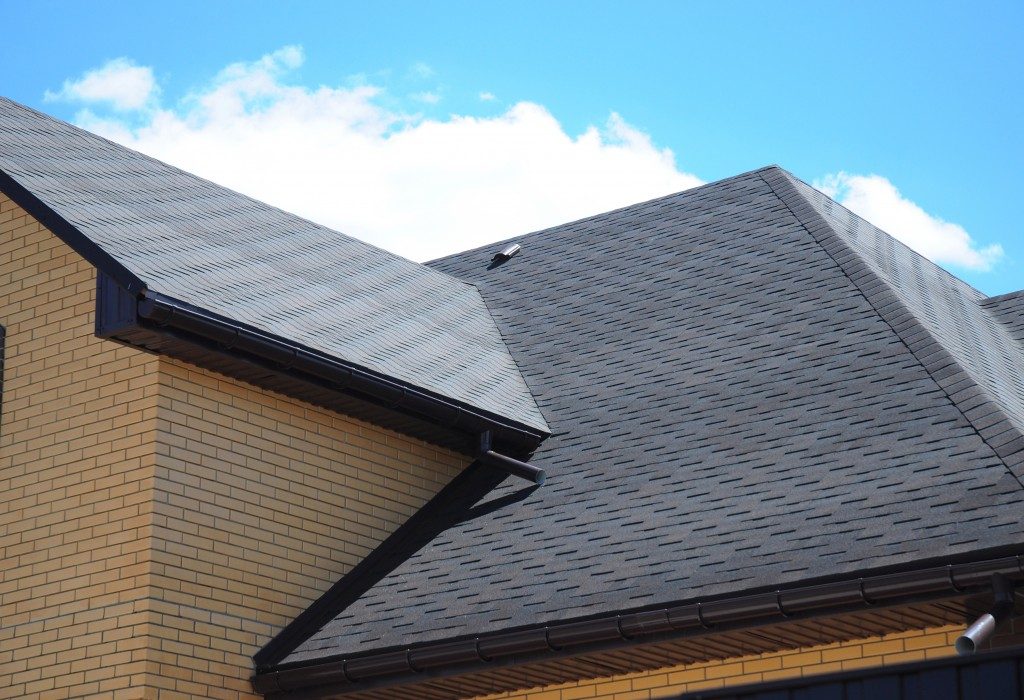To avoid instances of roof leaks, roofing experts often install a strip of galvanized steel to direct rainwater away from certain parts of the roof. This happens especially at a point of intersection where the roof meets a vertical surface, such as a wall or chimney. This technology is professionally known as roof flashing.
Usually, professional roofers install flashing around particular roofing features including skylights, chimneys, or vents. The idea is to allow water to run down the strip metal and proceed to the shingles instead of pooling or finding its way through the roof deck. Without flashing, water can slowly percolate through the crack between the wall and the roof, eventually causing leaks.
The Federation of Emergency Management Agency (FEMA) puts improper roof flashing as a potential cause for roof leaks. Perhaps you’ve been looking for answers to questions regarding roof flashing, its installation, and repair. Read on to find out what you need to know.
Types of Roof Flashing
Roof flashing can occur in as many types, based on the roof features that require protection. Common types include base flashing, counter-flashing, step flashing, continuous flashing, valley flashing, and kick-out flashing.
Professional roofers know where and when each of the mentioned types should be used. You can find the services from expert roofing contractors or a company for metal fabrication in Utah or other areas.
Pre-made roof flashing materials are also available in the market, which you can buy and install where necessary. However, many experts prefer creating their own flashing materials. The process often involves cutting metal sheets into the required shapes and sizes. It’s often advisable to involve an expert in roofing matters. With different types of flashing available, you might not know exactly what type fits where.
The Case of Reusing Old Flashing

In some situations, you might be tempted to reuse an old flashing. However, it’s always advisable to install a new flashing at all times, especially when you replace the entire roof. Even in repair jobs, a reused flashing is going to cause problems sooner than later.
Some contractors make the mistake of salvaging an old flashing. First, it’s older than the new material, so it will fail before the new material wears out. When that happens, you’ll be budgeting for another repair job again or replacing the entire roof. Therefore, always install fresh flashing. Besides, it’s a poor practice to overlay a new flashing on an existing one. The roof should have only one layer of flashing each time.
Which materials are good for flashing?
Formerly, lead was the preferred material for roof flashing. Some professionals would also use lead-coated metals for the same purpose. Today, roofing contractors in North America use the following materials:
- Copper: Based on its malleability, copper responds well to soldering. It’s equally long-lasting. However, it can discolor. It is usually installed around chimneys.
- Steel: It’s the most widely used material for roof flashing. It’s non-corrosive, especially when galvanized. It’s also attractive and malleable.
- Aluminum: It is versatile and lightweight, making it easier for roofers to work with. However, when used in areas where it is exposed to masonry and concrete, it must be coated.
With this information in mind, you will have a better idea of how flashing works for your home. Always engage your roofer to check the building code of your area before installing a flashing of any material.

